-

Celebrity Taylor Swift performs her Reputation set on her North American Leg of the Eras Tour.
-

Final Project
-
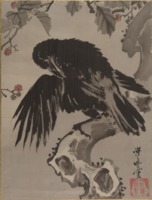
Japanese painting of a crow on a branch
-

The silver denarius of Octavian is from just before the reign of Octavian Caesar. The front of the coin is a profile view of Octavian, while the back side of the coin shows four horses led by Octavian on an arch with the word “Caesar” across it.
-
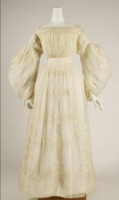
An Empire style cream dress made of cotton that was worn in the 19th century. The silhouette is bold and beautiful, complimented by the translucent fabric.
-
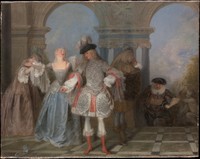
The costumes and repertoire of French comedians was distinct from Watteau’s favored Italian commedia dell’arte. This painting’s principal male figure is dressed in an old-fashioned, formal costume that in the eighteenth century would have been appropriate for a subject from antiquity. Typical of Watteau, however, the scene is entirely imaginary and does not align with any known opera or play. The entrance from backstage of Crispin, a character from the commedia dell’arte, underscores the improbability of the scene. Infrared reflectography shows a preparatory underdrawing on the canvas, probably by a specialist architecture painter, a practice Watteau often employed to create such stagelike spaces.
-
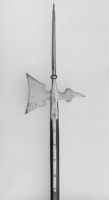
This halberd was a long-shafted weapon commonly used in the 15th century. The origin of this halberd is Connecticut, United States. The blade looks like a weird two-sided axe, with a large spike pointing out at the top. The handle is wooden(brown) and the blade is made of steel(silver). This particular halberd seems very well kept, with only a few darker spots indicating where the weapon has lost its shine over time.
-
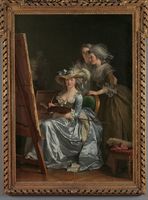
The painting is a self-portrait of the artist Adélaïde Labille-Guiard with her two students, Marie Marguerite Carreaux de Rosemond and Marie Gabrielle Capet. It shows Labille-Guiard dressed in an elegant gown and hat. She sits in front of a canvas on an easel, paintbrush and palette in hand. Standing behind her are her two students watching her work.
-
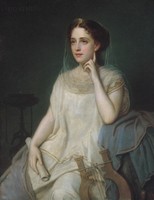
A painting of the Greek muse Polyhymnia, holding a scroll and sitting with a stringed instrument next to her
-
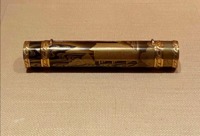
- Were rare and precious in Europe due to limited Western contact with the “isolated island country.”
- These types of items were often repurposed and refurbished with the addition of expensive gold or gilded mounts.
- There were thought to enhance their beauty and significantly increased their value.
-
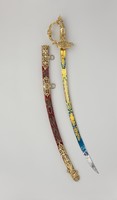
Faustin-Élie Soulouque created this elaborate ceremonial sword. He ruled as Haitian Emperor Faustin I from 1849 to 1959. He was gifted the sword by The Grand Masonic Lodge of Haiti in 1850. It was later gifted from Faustin to Henry Delafield. The Delafield passed this heirloom along until it was bequeathed to the MET in 2012.
-
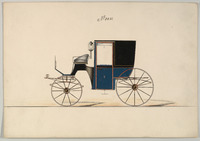
This art piece is one of the design/presentation drawings donated to The Metropolitan Museum of Art by William Brewster when Brewster & Co. disbanded in 1923 while he was one of the museum's trustees. This is carriage design no. 3251.











